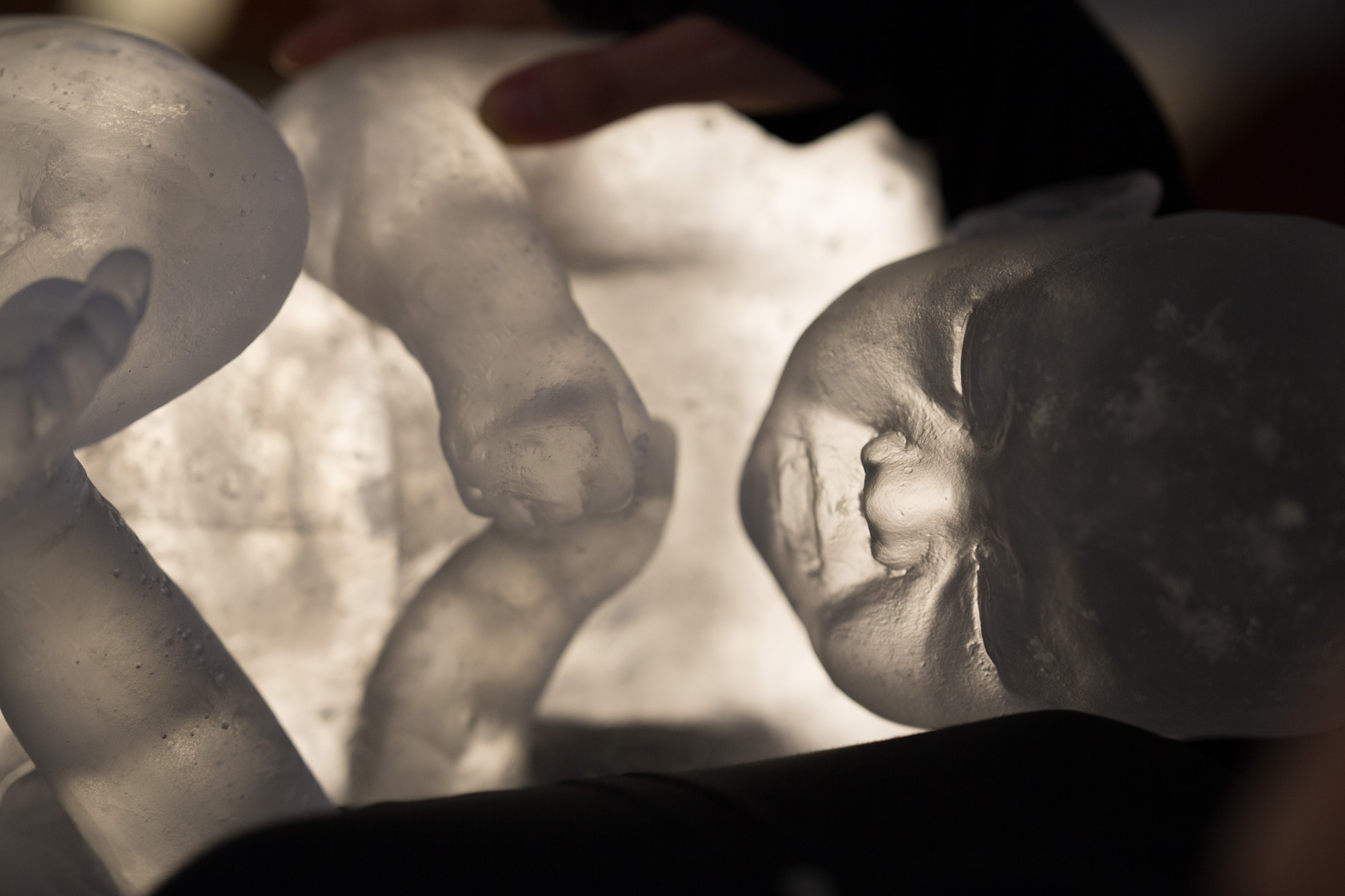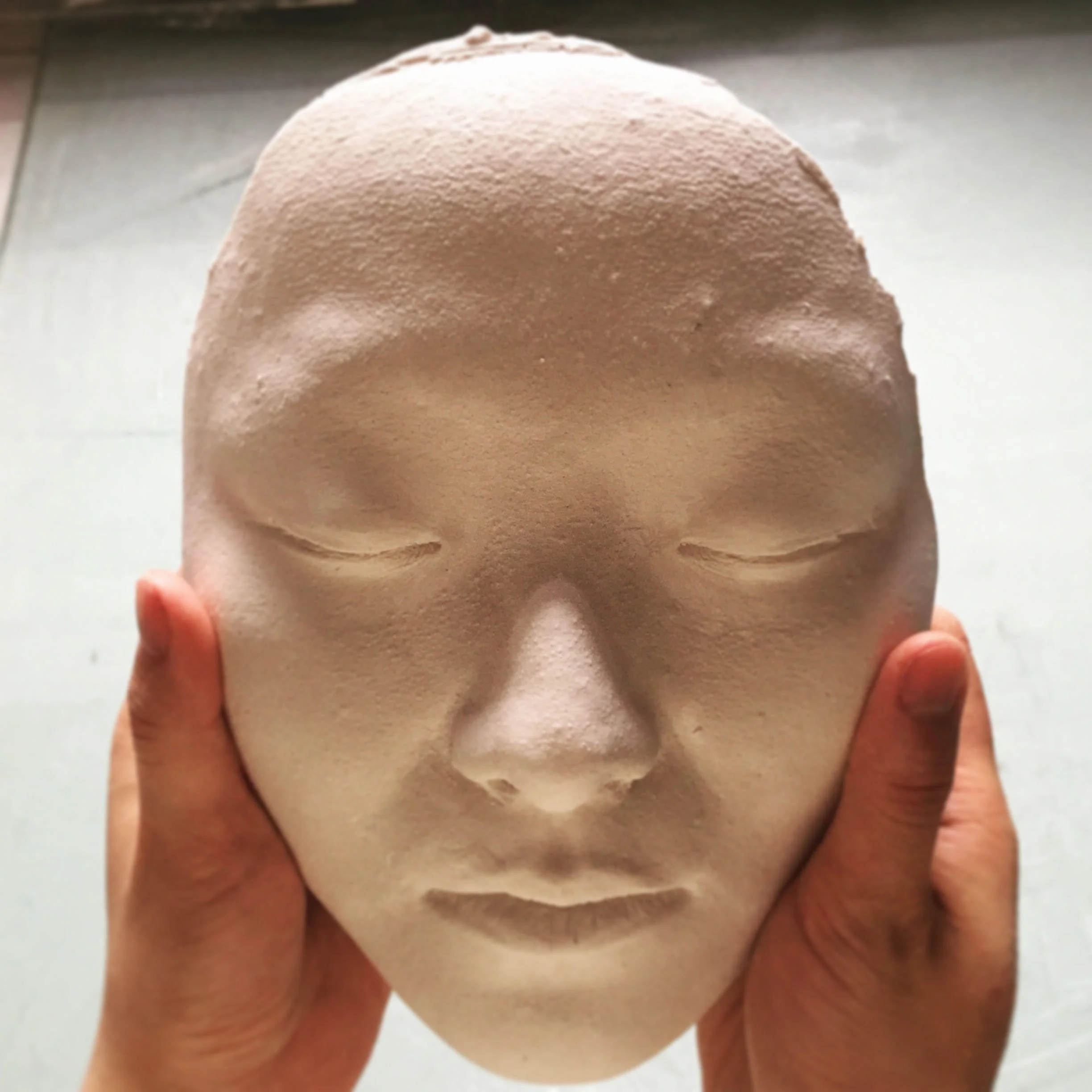It’s been a while since I updated my artist journal on here, I’ve had a few false starts that never made it to publication but I’m determined this entry will not be one of them. My last entry was a year and a half ago and as you would expect, a lot has happened since then! I had entered my first glass prize and cast my first crystal piece. I had reflected on my journey as an artist who had started off so lost and gradually crystallized into someone made of much tougher stuff. So sit back and enjoy, this is gonna be a long ride!
Where should I start? I’ll start where I left off, with sketching. I had undertaken a challenge to sketch a handful of portraits each week, most of them reproductions of old masters so I could glean insights off them - I had started the series for various reasons, I missed sketching and painting, I wanted to warm myself up for the Archibald (a prestigious portraiture prize in Australia) but there was also another motivation that I didn’t want to admit. I was getting scared of glass, of how much effort it took to make each piece, of how long it took for each piece to come out, of how little success I felt like I was getting in that area. And I was scared of all the ideas I had built in my head and all the work, all the work, all the work, they would take and no idea where to start it all. So I fell back on something that was easier and more familiar to me. (Not that sketching is easy, I had just been doing it a lot longer than I have glass and they were much quicker to resolve.)
In the end what made me go back to glass was a brief trip with my Mentor, Kate Baker, to Wagga Wagga, where I was helping her install her solo show at the National Glass Art Gallery. It was an intense five days of installation work with brief breaks to see the National Glass Collection upstairs. It was exhausting and exhilarating seeing how many different forms glass can take and the more we talked about it and all the work the other glass artists put in the more touched I felt but also the more confused I became. I began to question myself, whether I was really content with sketching and painting when I had access to a glass studio. Was it really the most I could make of my prime when I was still young and strong enough to take on the laborious work of glass. Whether I would have any regrets when I didn’t. And on the quiet 5 hrs drive back to Sydney, I had a vision of what I wanted to make - the first seed of Potential.
Potential 2018
Cast Spectrum Glass
Potential was to be my glass baby (in more sense than one, I actually carried the idea and nurtured it into being with the same term of time it would have taken someone to give birth to a real baby - a full 9 months).
Like most of my ideas, this one was also a personal test I gave myself - after my last fiasco with my grad piece Icarus (a story I have yet to tell, I’m still recovering from the trauma), and an aborted attempt at casting a large piece for a subset of the Persistence series, which both ended in kiln emergencies and serious anxiety - I hadn’t dared to cast with a quantity over 1kg of glass. But as time, experience and knowledge made me a little braver I felt it was time I tried again. Afterall, how do we grow if we don’t face our fears? And if Potential was about anything, it was most definitely about facing my fears.
I have a lot of ideas for my art (as I’m sure most artists do), as I’m making one piece inspiration comes for another - it can take shape in the different avenues of exploration for a concept or it could come in the shape of a mistake or problem I need to tackle. Most of my ideas greatly vary in form and sometimes even the techniques required to make them, but they all have one thing in common... they’re out of my current skill level. Haha.
The beauty of it is that it stops me from ever getting complacent and to always set my sights higher.
A hint of lips in the belly of the baby with her glass arms covering the eyes of the hidden face.
There’s a little secret in the baby, it’s a secret because most people aren’t aware of it until it’s pointed out and even then it’s hard to see in its murky depths. There’s a matured face in its belly - it’s a cast of my face. The baby in a sense is all of us when we’re faced with a challenge we’re not sure if we’re up to; young, uncertain, vulnerable and afraid - yet unknown to the potential swelling up inside us, of what we can grow to come. But the possibility is already there.
The plaster positive cast of my face within the belly of the baby pre-investment mould.
A juxtaposition of the positive and the negative figures in wax and plaster right before the investment mould for glass casting.
Opening night of the National Emerging Art Glass Prize exhibition in Wagga Wagga, the ‘birthplace‘ of Potential.
It truly felt like a turn of fate when after 9 months of loving labour, I was to see my baby in the public eye; right in the place of where I was originally inspired to create her.
It’s a been a long journey and I’ve learnt a lot from her, challenging myself further in terms of figurative sculpting, mould making and glass casting but I’ve also been taught that I still have a long way to go - I had yet to work with crystal and if I wanted that face/potential in the belly to be fully realised one day I was going to have to once again face another set of my fears in my artist life, which leads to the second part of my entry… :)













